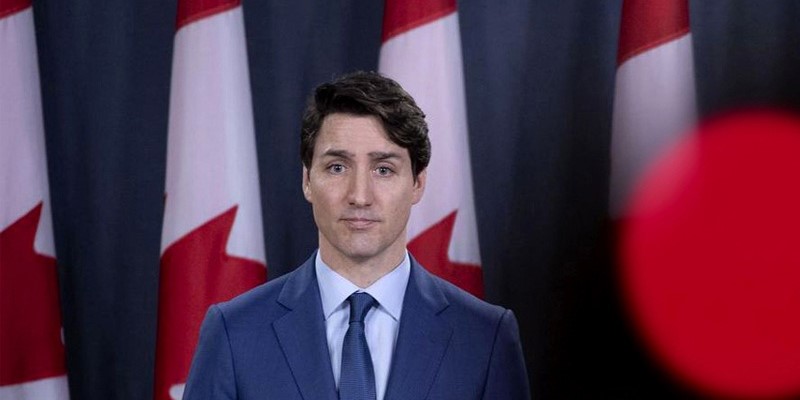Ottawa’s EV mandates wildly out of sync with EV metals timelines

Recently on Twitter, Alberta MP Shannon Stubbs, Tory shadow minister for the environment, put forth a series of Tweets on Ontario’s Ring of Fire region, heretofore a promised land of metals and minerals invoked as an enabling resource for the Trudeau government’s electric vehicle (EV) dreams. Her Twitter thread has a lot of politicking we’ll ignore, but Stubbs raises one particularly salient point that doesn’t get a lot of attention in the mainstream media—the policy hypocrisy of Canada’s EV transition policies.
“On one hand,” she observes, “they (the federal government) plan to ban the sale of internal combustion engines and allow only non-emitting and electrical vehicles in Canada eleven years from now, yet they themselves stand in the way of development of the resources right under our feet that can create the components for electric vehicles and battery storage systems, and enable our own self-sufficiency and security.”
Indeed, there’s a profound disconnect between the government’s timeline for the phase-in of EVs and the lengthy timelines needed to produce the metals and minerals to build them. The Trudeau government’s plan mandates 100 per cent new light-duty zero-emission vehicle sales by 2035, with interim targets of 20 per cent by 2026 and 60 per cent by 2030. And 100 per cent of new medium- and heavy-duty vehicle sales must be zero-emission by 2040.
But what are the mining timelines for EV metals? According to the Energy Information Agency, the time spent (globally) from getting into production (“lead time”) to initial production for a Lithium mine is from about six to 19 years, with nickel lead times of about three to 18 years. The Ring of Fire was identified as a potential resource area in 2010—that’s 13 years of the EIA timeline gone.
Yet, once again, nothing is happening. Talks with First Nations have stalled, says federal Environment Minister Steven Guilbeault. “For any development to happen in the Ring of Fire, Indigenous nations will need to be part of the discussion in decision making process,” he said. “That hasn’t happened, which is why I think we are not seeing any development.”
And investors are noticing. At the end of 2022, Andrew Forrest, owner of Wyloo minerals (which holds the majority of claims in the area), said that “Timelines… are placing the viability of the project at risk” and that if “standard processes continue without amendment, there is no prospect of commencing development of the Ring of Fire, or of the [associated] battery metals plant, before mid- to late 2030s.” And if delays continue, his company might abandon the project altogether. This should sound eerily familiar to anyone who followed the Trans Mountain Pipeline Expansion saga where the proponent company eventually pulled out and sold the project to the government.
Clearly, the Trudeau government has set timelines for the EV transition that are out of sync with production timelines for EV metals, which the same government is lobbing subsidies around to see produced and refined in Canada. There’s no squaring this circle, so something must give. Either government must break through the red tape it’s created to get some mining underway, or back off the mandated EV sales targets to match possible domestic metals production.
Neither is likely to happen, but both are critical if government is to bridge the gap.
Author:
Subscribe to the Fraser Institute
Get the latest news from the Fraser Institute on the latest research studies, news and events.

